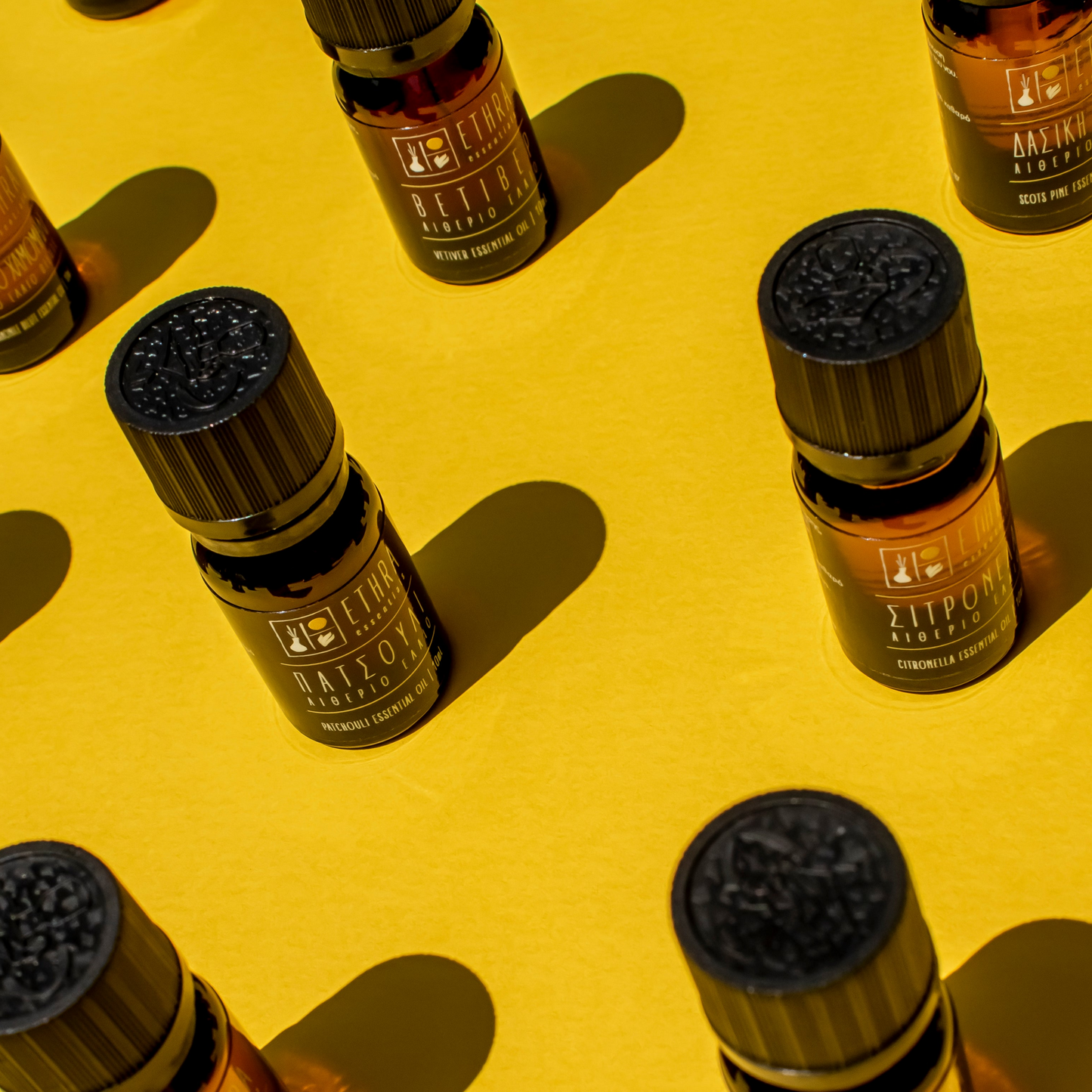Find them at a -15% discount with the purchase of 5 essential oils or more!

The History of Palo Santo and Its Uses in Modern Life
Palo Santo, also known as "Holy Wood", has a deep-rooted history in South America, where it has been used for centuries by indigenous cultures. The tree, Bursera graveolens, grows mainly in countries such as Peru, Ecuador and other parts of South America. Its wood has been valued for its aromatic properties, traditionally used in ceremonies and rituals. The ancient Incas and native peoples burned Palo Santo wood to cleanse spaces and remove negative energy, purify the air and enhance spiritual practices.
The tree belongs to the same botanical family as frankincense and myrrh, which have similar aromatic and cleansing properties. Over the centuries, Palo Santo has continued to be an important part of South American culture, known for its mystical aroma and unique benefits.
Where does it come from?
Palo Santo is native to the dry rainforests along the coast of South America. High-quality Palo Santo comes from the coastal regions of Ecuador and Peru, where the tree thrives in dry environments. It grows wild, often taking 40 to 50 years to mature. After the tree dies naturally, it takes an additional 4 to 10 years for the wood to fully mature and develop the characteristic aroma for which it is prized.
Uses of Palo Santo
Although traditionally used in rituals, Palo Santo has a variety of modern applications, making it versatile for everyday use:
Aromatherapy
Palo Santo wood is often burned to release its distinctive, pleasant aroma. It can help you freshen up a room, eliminate bad odors and create a relaxing environment.
Air purification
When burned, wood produces aromatic smoke that helps purify the air by removing harmful germs and odors. The natural oils of the wood have antimicrobial properties, which contribute to the ability to purify the air.
Natural insect repellent
The scent of Palo Santo is effective in repelling mosquitoes and other insects, making it a natural and non-toxic alternative to chemical repellents.
Mood booster
Palo Santo's aroma is refreshing and calming, often used to relieve stress, anxiety, and even headaches.
A natural fragrance that stands alone
One of the most notable aspects of Palo Santo is that it has a beautiful, natural aroma even without burning. The wood itself gives off a sweet, woody citrus-like aroma. This unique blend of scents can fill a room, making it a popular choice for those looking for a natural air freshener or decorative piece. Simply placing a piece of Palo Santo in your space can provide a subtle, pleasant fragrance throughout the day.
Sustainability of Palo Santo
In recent years, there has been increasing concern about the sustainability of Palo Santo due to increasing demand worldwide. However, real Palo Santo wood is often harvested in an environmentally sustainable manner. To retain its healing properties, it must come from naturally fallen trees or dead wood that has been left to dry in nature for several years.
Many countries such as Peru and Ecuador have established regulations to ensure that the harvesting process is ethical and sustainable. The wood should never be cut while the tree is alive, and reputable suppliers adhere to these practices, ensuring the protection and preservation of the Palo Santo forests for future generations.
In conclusion
Palo Santo is more than a piece of wood with spiritual significance—it's a natural, sustainable, and aromatic resource that has been revered for centuries. Its history, uses and properties make it a timeless treasure from the forests of South America, ideal for anyone who wants to enhance their home environment with a natural and pleasant scent. Whether you burn it or simply let it rest in your space, the presence of Palo Santo can transform the atmosphere around you.










